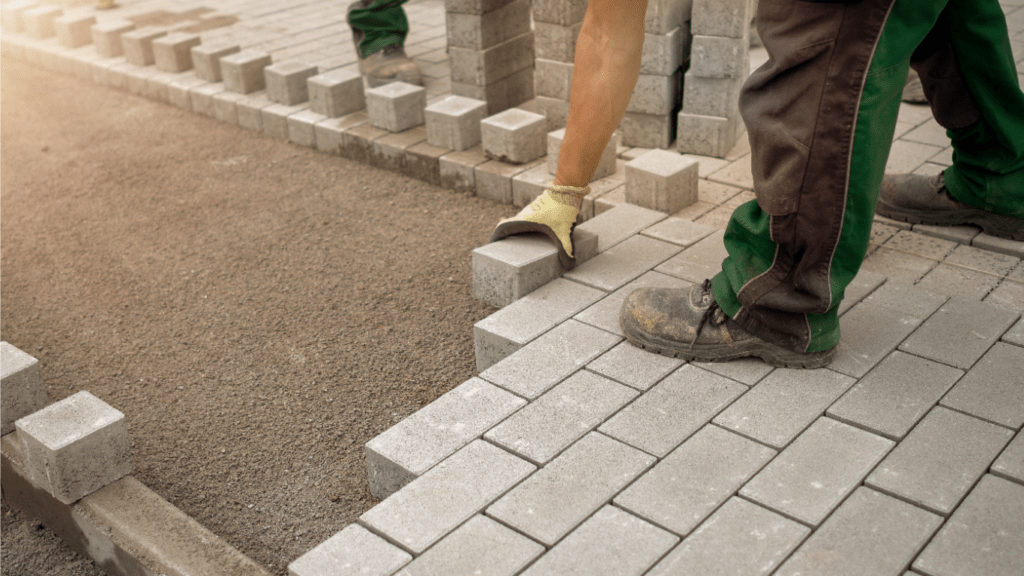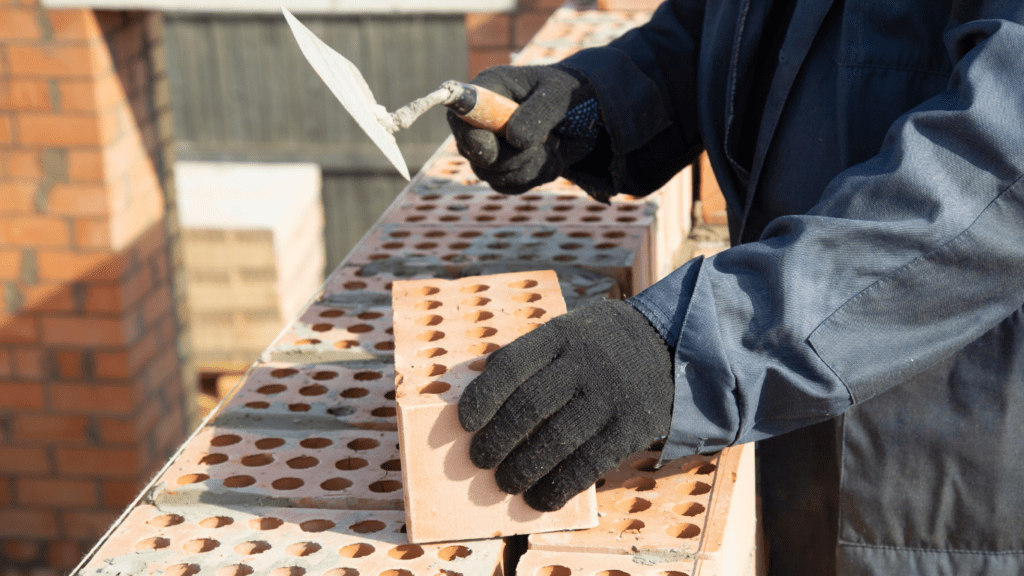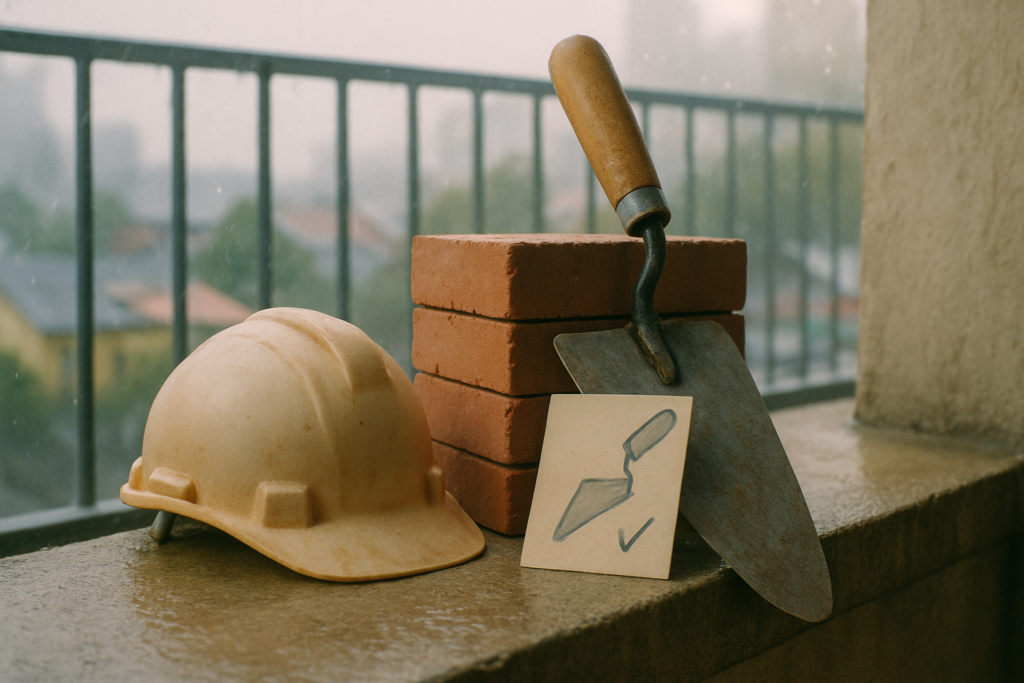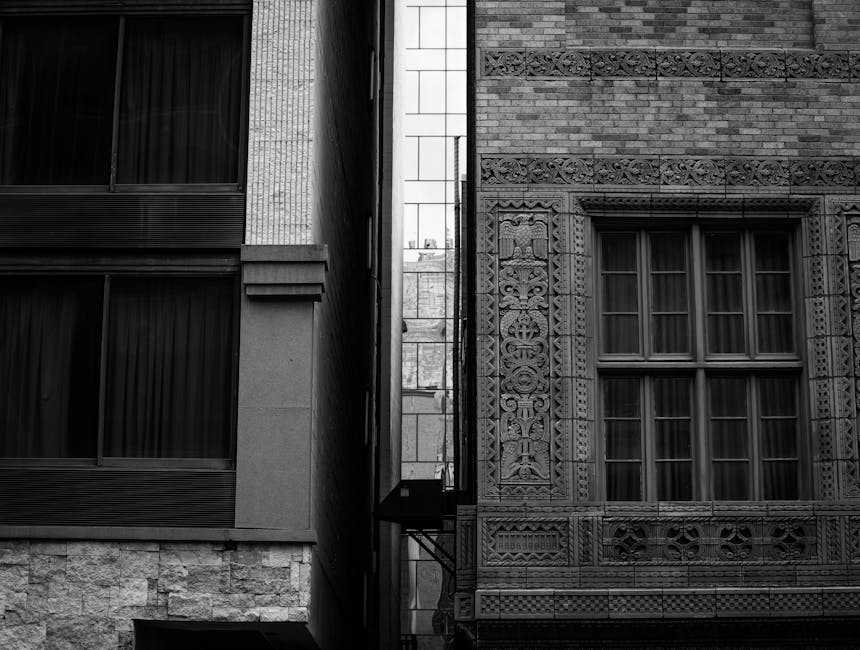Understanding the Basics of Brick Building
Brick building involves more than stacking pieces. Understanding the essentials helps create durable and impressive structures.
Choosing the Right Materials
Selecting quality materials is key. Look for bricks made from durable plastic like ABS, offering longevity and compatibility with most sets. Well-known brands often provide better fit and color consistency.
Additionally, keep an assortment of sizes and shapes handy to accommodate various designs and functionalities.
Understanding Brick Bonds and Patterns
Brick bonds and patterns form the foundation of solid structures.
- Running Bond: This basic bond has each brick offset by half its length in successive rows, offering stability.
- Stack Bond: Aligns bricks directly on top of each other, used for visual aesthetics rather than strength.
- Flemish Bond: Alternates between headers (short side) and stretchers (long side) in each row, providing both strength and visual interest.
- English Bond: Alternates rows of stretchers and headers, combining pattern and durability.
These patterns ensure that structures are not only visually appealing but also structurally sound.
Essential Tools for Brick Building
Brick building requires tools that help in precisely placing and securing bricks. A few key tools can make the process much easier for beginners.
Must-Have Tools for Beginners
- Brick Separator: A brick separator lets you easily disassemble bricks without damaging them. This tool is crucial for beginners prone to mistakes.
- Base Plates: Base plates provide a sturdy foundation for your creations. They prevent structures from tipping over and allow for easier repositioning.
- Building Instructions: Instruction booklets guide beginners through the assembly process. They ensure correct and efficient brick placement.
- Storage Containers: Containers keep bricks organized. This organization speeds up the building process and reduces the time spent searching for specific bricks.
- Sorting Trays: Sorting trays help in categorizing bricks by size, color, or type. These trays enhance efficiency and streamline the building process.
- Brick Tweezers: Tweezers assist in placing small pieces precisely. They improve accuracy and reduce the risk of misplacing bricks in your design.
- LED Light Kits: Light kits add illumination to your builds. They enhance the visual appeal by showcasing intricate details, especially in complex structures.
- Design Software: Software programs like LEGO Digital Designer allow for digital planning. These tools enable testing and modifying designs before physical construction, saving time and resources.
Step-by-Step Guide to Your First Brick Project

Embarking on your first brick project can be both exciting and daunting. With the right steps, you’ll find it a rewarding experience.
Planning Your Design
Start by sketching a rough design. Use graph paper or digital tools like LEGO Digital Designer.
Outline the dimensions and key features of your project. Ensure the design is scalable; small-scale models can help visualize larger structures.
Preparation and Setup
Gather all necessary tools and materials. Use storage containers and sorting trays to organize bricks by size and color. Find a dedicated and well-lit workspace. Set up base plates to serve as the foundation of your structure.
Laying Bricks Like a Pro
Begin with a solid base. Align each brick precisely, locking them tightly together. Work from the bottom up in a systematic pattern. Use brick tweezers for hard-to-reach areas and check alignment frequently to ensure your structure remains stable.
By following these steps, you’ll create a strong, organized, and visually appealing brick project.
Cleaning and Maintenance Tips
Regular cleaning and proper maintenance keep your brickwork looking its best. This effort ensures longevity and aesthetic appeal.
Keeping Your Brickwork in Top Condition
Dust and debris accumulate quickly. To clean brick surfaces, use a soft brush or cloth. For thorough cleaning, mix mild soap with warm water.
Avoid harsh chemicals, which might damage bricks. For a natural shine, polish using a microfiber cloth. Maintain your workspace, storing bricks in clean containers and keeping tools debris-free.
Preventing Discoloration
Exposure to sunlight and moisture causes discoloration. Store bricks away from direct sunlight to avoid fading.
Use covered containers for storage in humid environments to prevent mildew. Rotate displayed builds occasionally, minimizing prolonged exposure to elements.
Repairing Damaged Bricks
Damaged or cracked bricks reduce the overall quality. Replace broken bricks promptly. Inspect builds regularly, looking for any structural weaknesses.
Use a small amount of super glue to fix minor cracks, ensuring the solvent won’t harm the brick material.
Avoiding Wear and Tear
Handling bricks carefully prevents wear. Use tools like brick separators to disassemble builds, avoiding stress on bricks.
When moving large structures, do so in segments, reducing strain on individual pieces. Follow these practices to extend the lifespan of your bricks effectively.



